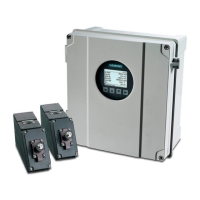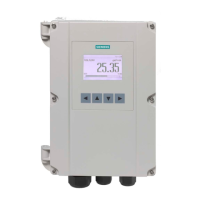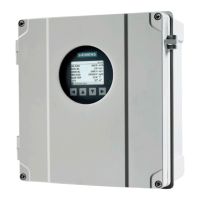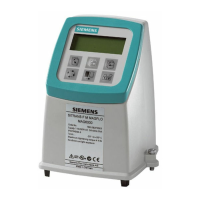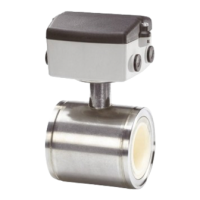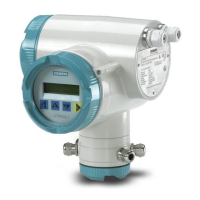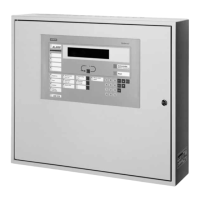Planning the networking of the stations
8
107 |
Building Technologies
Item no. Designation/function Address
Ethernet
Address
↑ SAFEDLINK
Notes
1 ↑ GAP station 192.168.201.1 –
Configured as GAP with DHCP
server function
2 ↑ SAFEDLINK stations – – –
3 ↑ Router stations – – –
4
↑ Standby router
stations
– – –
5
↑ Ethernet station
(standby station or
terminal)
– – –
6 SAFEDLINK sub-net 1 – 192.168.1.x
IP address range for SAFEDLINK
sub-net 1 (pre-setting, can be
changed)
7 FCnet/LAN 192.168.100.x –
IP address range for Ethernet sub-
net (pre-setting, can be changed)
8 SAFEDLINK sub-net 2 – 192.168.2.x
IP address range for SAFEDLINK
sub-net 2 (pre-setting, can be
changed)
9
Ethernet switch
(modular) FN2012
Any –
Address must not be the same as
the address in the FCnet/LAN
10 Ethernet connection – –
Connected to FN2012 of the standby
station (example)
11
● Uploading,
downloading
● SintesoView
● ↑ Management
station
192.168.201.5 –
Ethernet client is configured to
automatically reference an IP
address (see item 1)
Table 30: Internal access to extended network via GAP
8.4 Planning procedure
The following details must be known:
● Operating concept
● Planned system extensions
When planning the networking of the ↑ stations, proceed as follows:
1. Determine the locations of the stations.
2. Determine the location of the station with remote transmission for redundant
networking.
3. Determine the type of networking (SAFEDLINK, extended networking via
FCnet/LAN, Ethernet or mixed) and the line type.
4. Define the fire control panels that must be equipped with two network modules
(SAFEDLINK).
5. Determine the ↑ router stations for ↑ extended networking, equipped with
Ethernet switch (modular) FN2012
6. Define the station for remote access (optional).
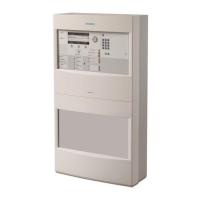
